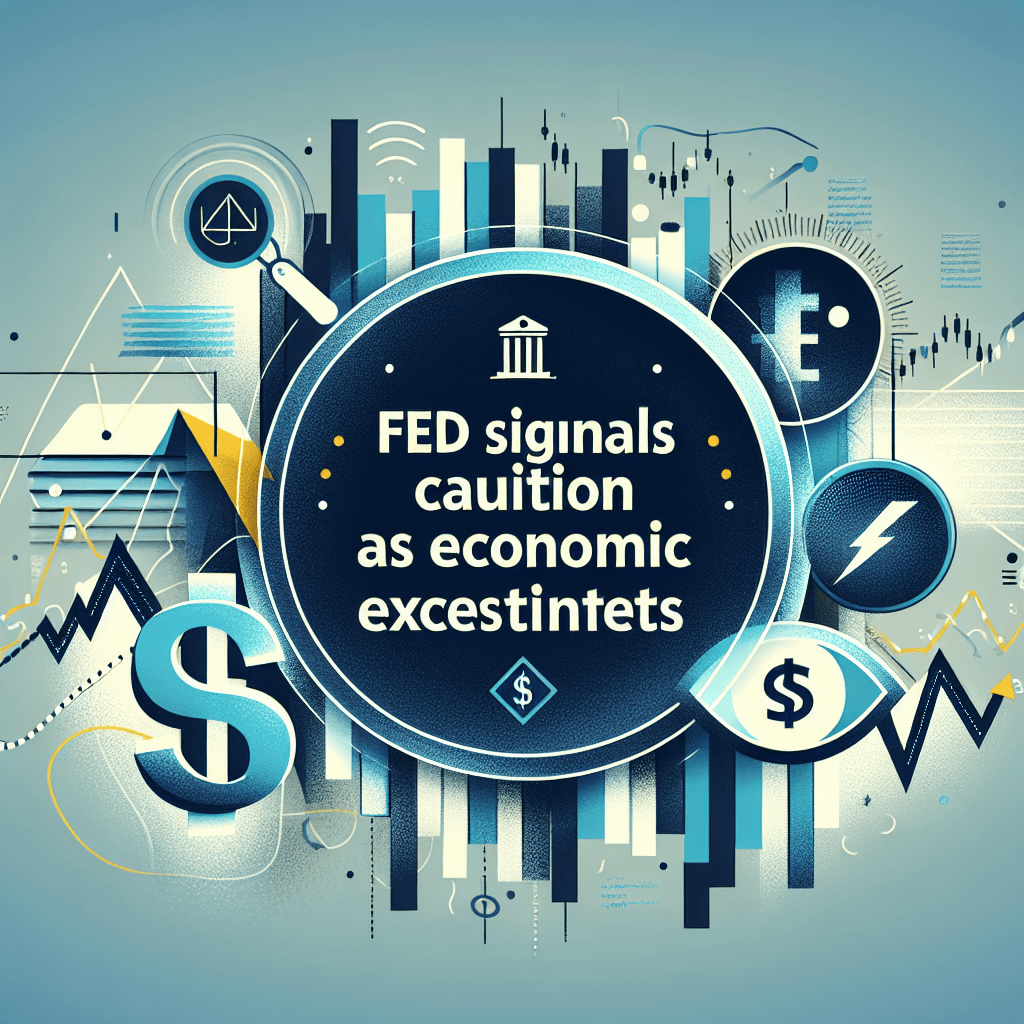Fed Signals Caution as Economic Uncertainty Persists

Federal Reserve Holds Rates Steady
The Federal Open Market Committee (FOMC) reaffirmed the federal funds rate target range at 4.25%–4.50% in its June meeting. This marks the fourth consecutive decision to hold rates, reflecting a deliberate pause amid mixed signals on growth, inflation, and labor market dynamics.
Uncertainty Dominates the Outlook
The meeting minutes revealed that “uncertainty” appeared 19 times, underscoring policymakers’ cautious stance. Committee members cited volatile trade policies, shifting fiscal measures, and uneven global growth as key risk factors that could either stall progress on inflation or tip the economy into contraction.
Dual Mandate Considerations
- Inflation: Headline CPI held at 2.3% year-over-year in April, while the core PCE price index edged toward the Fed’s 2% target.
- Employment: The unemployment rate remained at 4.2% in April, pointing to continued labor market strength, though some forward-looking indicators signal cooling.
- Risks: Potential tariff adjustments and fiscal stimulus shifts could embed higher inflation expectations or undermine growth momentum.
Technical Drivers of the Fed’s Decision
From a technical standpoint, the FOMC assessed several market-based and model-driven indicators:
- Fed Funds Futures: Market-implied odds of a rate cut by year-end remain below 40%, signaling skepticism about imminent easing.
- Yield Curve Inversion: The 2-year/10-year Treasury spread sits at –35 basis points, historically a reliable recession signal within 12–18 months.
- Taylor Rule Estimates: Using a neutral real rate of 0.5% and a 2% inflation target, the rule suggests the current stance is slightly restrictive—consistent with a pause rather than further hikes.
Tariff and Trade Policy Risks
Trade policy uncertainty remains elevated. Key developments include:
- A 90-day pause on new China tariffs, lowering duties to 30% on selected imports.
- Threats of a 50% levy on EU exports, subsequently delayed to July 9 amid diplomatic negotiations.
- Sector-specific proposals targeting technology and automotive goods, raising concerns about cost pass-through to consumers.
Balance Sheet Normalization and Liquidity
Beyond rate policy, the Fed’s quantitative tightening (QT) program has shrunk the System Open Market Account by over $200 billion since inception. Committee members debated whether to slow the pace of QT should term funding stress reemerge in repo or commercial paper markets.
Global Spillovers and Currency Implications
The high rate differential continues to support a stronger US dollar, affecting emerging-market currencies and commodity prices. While a firm dollar eases import inflation, it can trigger capital outflows from vulnerable frontier markets.
Scenario Analysis: Recession vs. Sticky Inflation
FOMC participants mapped out two divergent scenarios:
- Recession Path: An inverted yield curve and weakening industrial production could presage contraction by late 2025.
- Persistent Inflation: Tariff pass-through and tight labor markets may keep core inflation above target, especially if rents and service prices remain elevated.
Implications for Investors
- Fixed Income: Investors may favor short-duration treasuries to mitigate re-investment risk if rate cuts materialize.
- Equities: Sector rotation into defensive names and dividend-paying stocks could outperform amid volatility.
- FX and Commodities: A resilient dollar suggests continued pressure on gold and emerging-market currencies, while oil may face downward risks if global growth slows.
Expert Perspectives
Gregory Daco, chief economist at EY-Parthenon, commented “the Fed remains in a wait-and-see stance given heightened policy uncertainty, with little urgency to alter its current policy setting.”
Mary Daly, president of the San Francisco Fed, noted “any adjustment to the balance sheet runoff would be fine-tuning rather than a fundamental shift in monetary policy.”
Forward Guidance and the Path Ahead
Forward guidance emphasizes data dependency. The dot-plot median for 2025 still shows a cumulative 50 basis points of easing, but timing will hinge on upcoming PCE readings, the July jobs report, and any shifts in fiscal or trade policy. Market participants will closely watch Fed speakers for clues ahead of the next policy decision.